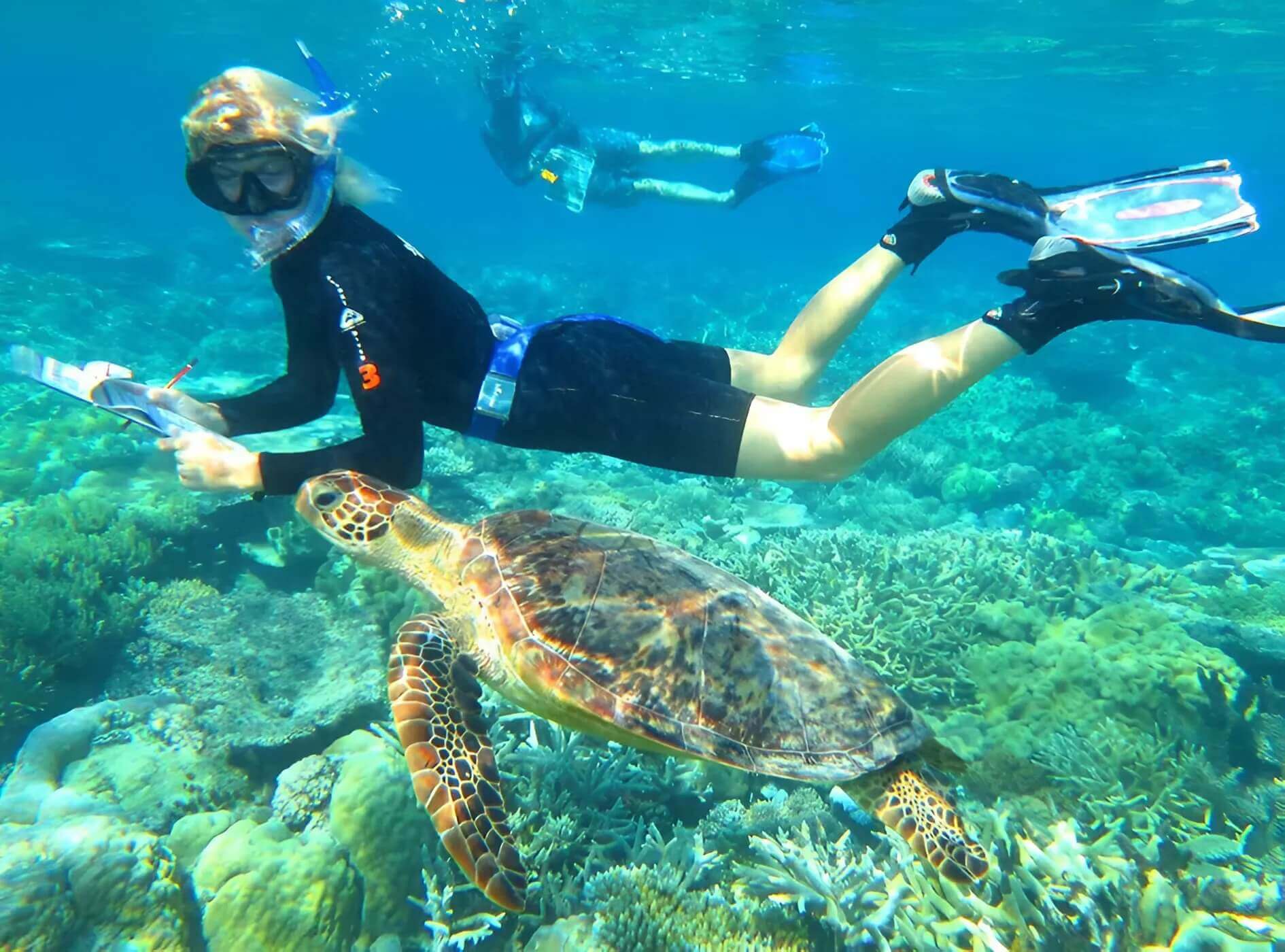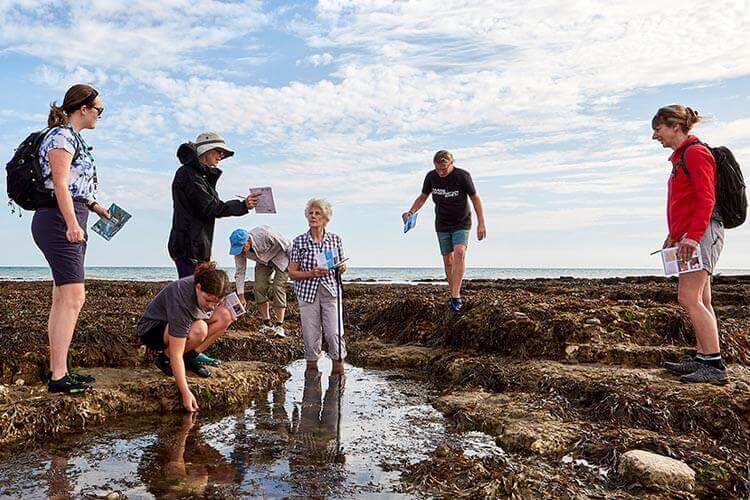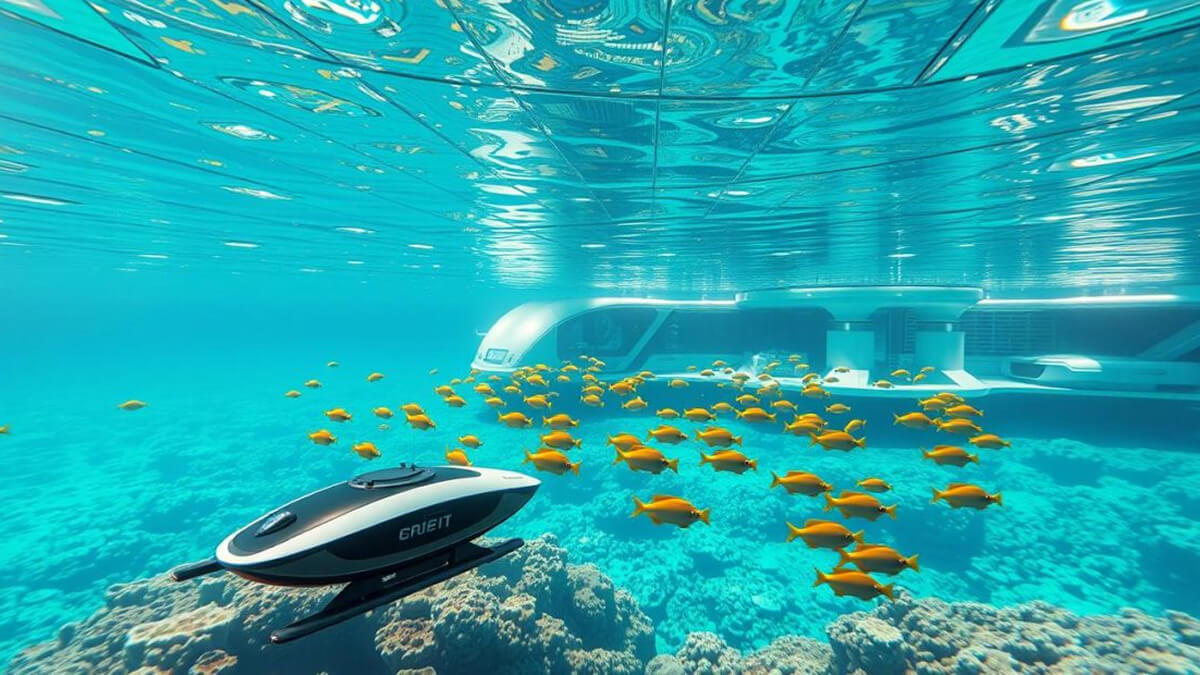Marine Conservation: Protecting Coral Reefs
The realm of marine conservation is gaining momentum as efforts to protect coral reefs intensify, with key initiatives in Australia’s Great Barrier Reef and the Caribbean. These vibrant ecosystems, beloved by US and UK divers, face threats like bleaching and pollution, driving global action. As of 11:30 PM +07 on Sunday, June 08, 2025, this movement inspires sustainable practices and innovative solutions. This article explores marine conservation strategies, citizen engagement, and future trends to save coral reefs.

Australia’s Great Barrier Reef is a focal point of marine conservation, with restoration projects planting 1 million corals annually. Scientists use coral gardening techniques, growing fragments in nurseries before transplantation. The Caribbean, including Belize’s barrier reef, employs similar methods, supported by local communities. These efforts protect biodiversity, attracting eco-conscious travelers from the US and UK.
Citizen science programs boost marine conservation worldwide. Volunteers monitor reef health via apps like iNaturalist, submitting data to researchers. Eco-friendly diving tours in the Caribbean engage tourists, teaching sustainable practices while funding conservation. This global participation strengthens marine conservation efforts and raises awareness.
Sustainable practices are vital for marine conservation. Biodegradable sunscreens, free of oxybenzone, prevent coral damage, meeting consumer demands for eco-products. Resorts in Australia ban single-use plastics, promoting reusable alternatives. These steps ensure marine conservation aligns with environmental stewardship.

Benefits of marine conservation extend to economies. Healthy reefs support $36 billion in tourism annually, benefiting coastal regions. In the US and UK, dive industries thrive, creating jobs while preserving ecosystems. This economic incentive drives support for marine conservation initiatives.
Challenges in marine conservation include funding shortages. Restoration projects require millions, straining budgets in developing areas. Climate change accelerates bleaching, outpacing recovery efforts. Overcoming these obstacles is crucial for the future of marine conservation.
AI-driven monitoring is a promising trend in marine conservation. Drones and underwater robots analyze reef health, detecting bleaching early. By 2025, 3D-printed coral structures, tested in Australia, could accelerate regrowth. These innovations enhance marine conservation efficiency.

Global collaboration shapes marine conservation. The US funds Caribbean projects, while the UK supports Pacific initiatives through NGOs. International treaties, like the Paris Agreement, reinforce reef protection goals. This unity strengthens marine conservation on a global scale.
For travelers, marine conservation offers inspiration. Opt for eco-tours in Belize or volunteer programs in Australia to contribute. Use reef-safe products, like mineral sunscreens, to minimize impact. For more ideas, explore our article on Eco-Friendly Ocean Travel.
Education plays a key role in marine conservation. Schools in the UK teach reef ecology, fostering young advocates. US documentaries raise awareness, encouraging donations to conservation groups. This knowledge base supports marine conservation efforts.
Policy support enhances marine conservation. Australia’s reef laws limit fishing near protected zones, aiding recovery. The Caribbean enforces marine protected areas, balancing tourism and ecology. These regulations bolster marine conservation outcomes.
In conclusion, marine conservation is saving coral reefs through restoration, citizen science, and sustainable practices. Efforts in Australia and the Caribbean inspire US, UK, and global action, with AI and 3D printing poised to transform the field.
For more, explore National Geographic on coral reefs and Ocean Conservancy on marine protection.
👉 Look at the natural beauty and amazing animals at Digipay.site.


